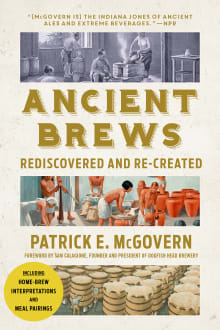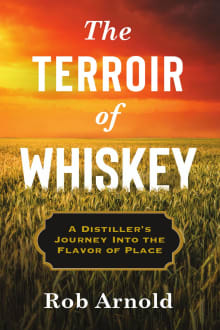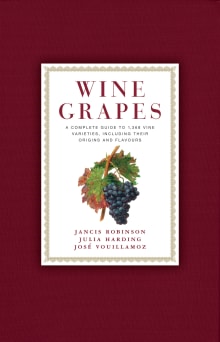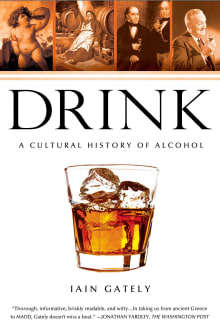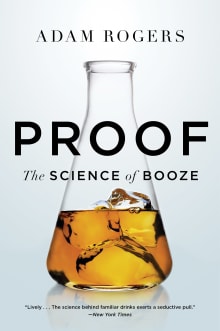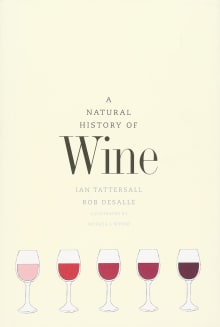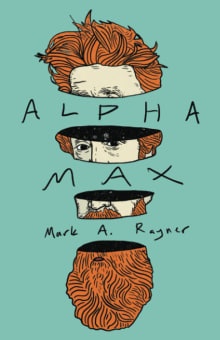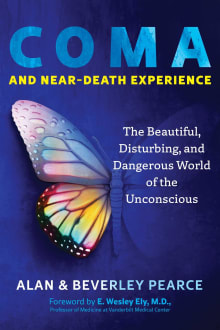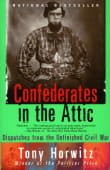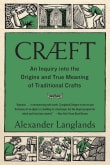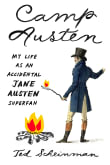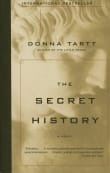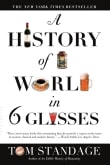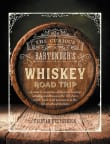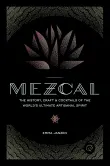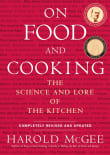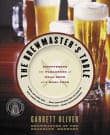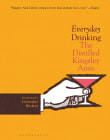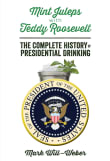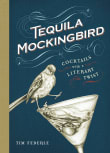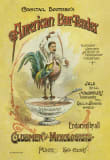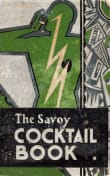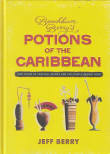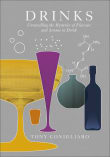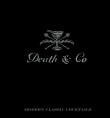
Why did I love this book?
Patrick (Dr. Pat) McGovern, the Indiana Jones of ancient alcoholic beverages, takes the reader on a roller coaster ride through the nine extreme brewed beverages of history. On these journeys, McGovern is at once an archaeologist, a chemist, and a homebrewer. His book is an amazing compilation of the mechanics of brewing both ancient and modern, and a wonderful comment on the human propensity for drinking and enjoying fermented and brewed beverages. It includes some recipes and food pairings for the ancient brews it describes. This book is a must-have for any beer aficionado, brewer, homebrewer, or even your everyday barstool cowboy.
2 authors picked Ancient Brews as one of their favorite books, and they share why you should read it.
Patrick E. McGovern takes us on a fascinating journey through time to the dawn of brewing when our ancestors might well have made a Palaeo-Brew of fruits, honey, cereals and botanicals. Early beverage-makers must have marvelled at the process of fermentation, their amazement growing as they drank the mind-altering drinks which were to become the medicines, religious symbols and social lubricants of later cultures.
McGovern circles the globe-to China, Turkey, Egypt, Italy, Scandinavia, Honduras, Peru and Mexico-interweaving archaeology and science to tell stories of making liquid time capsules. Accompanying homebrew interpretations and matching meal recipes help bring the past alive,…

